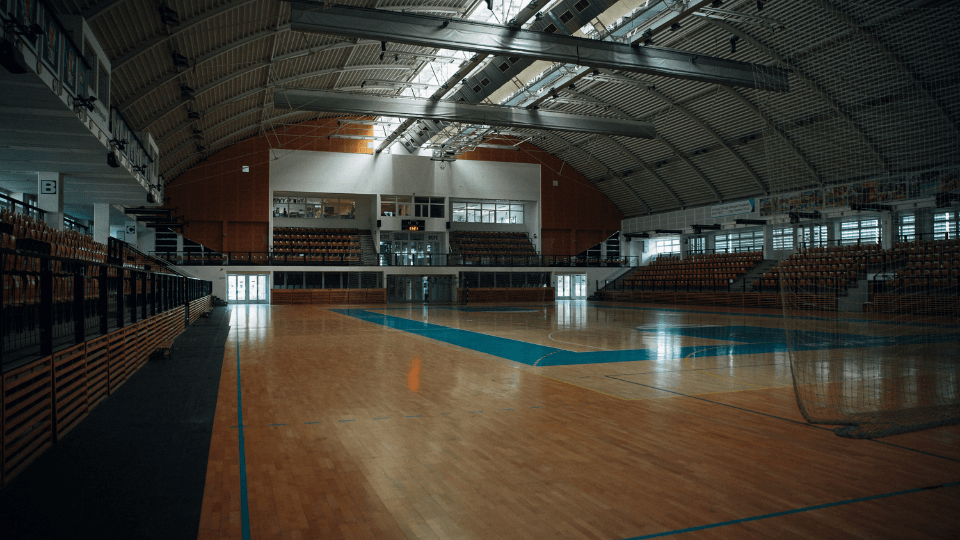The olympic lifts are excellent tools for athletic development. That being said, they are also amongst the trickiest to teach. The first problem is a lack of understanding and adherence to clear and specific terminology. We recognize that many coaches and trainers use slightly different verbiage when teaching lifting technique, specifically with the olympic lifts. This often leads to heated debate for almost no reason – but we do still need to establish a baseline of common language regarding the movements themselves when training athletes. Your athletes should know exactly what you require of them on every single rep.
By no means are we trying to say that what follows is the hard and fast rule when it comes to talking movement and technique, but it is the way we approach it here at PLT4M, and we think it works pretty well.
Let’s use the Clean as a starting point in our discussion. The clean (as part of the clean and jerk) is one of only 2 “Olympic” lifts. For reference, the squat, bench press, and deadlift are considered “Power Lifts”. As an olympic lift, the clean has a few different pieces, as well as multiple variations. In order to discuss and prescribe the clean in our workouts, we need our athletes to understand all of the relevant terminology.
As defined by the IWF’s rules for competition, a clean is when a barbell is “pulled in a single movement from the platform to the shoulders, while either splitting or bending the legs.” Simply put, a clean is a lift that moves a barbell from the floor to a front rack position at the shoulders.
This is often misunderstood right from the get-go. For example, too often we have coaches or athletes saying “Power Clean” as a direct counter-point to the Hang Clean (to refer to cleaning from the floor as opposed to an established hang position). In fact, any clean is from the floor unless denoted otherwise, the power actually refers to the catch position. While this may not be detrimental in the sense of harming the program or athlete, it does make for confusion that can lead to inefficiency or improper loading. So first we must establish a concrete understanding of the starting position. Here are the three most basic.
- Clean = From the floor
- Hang Clean = From an established hang anywhere above the knees
- High Hang Clean = From the pockets, or jumping position
- Hang (Initial Position of the Barbell, in this instance above the knee, or position “2”)
- Power (Catch Position, in this case in a quarter squat, or anything above parallel)
- Clean (The base movement at hand, to be modified by the 2 words, or lack thereof, before it)









